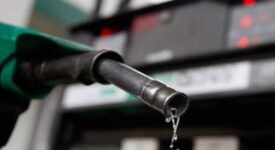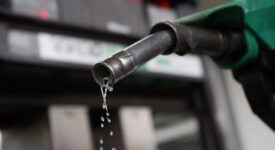The rise in the value of the rupee could lead to a drop in the cost of petroleum products, according to officials in the finance ministry.
The rate of high-speed diesel could decrease by Rs9.17 per liter during the next two weeks starting on October 1, according to the authorities, while the cost of a liter of gasoline may decrease by Rs11.98.
They further stated that the cost of kerosene could go down by Rs5.58 per liter.
According to representatives of the finance ministry, if the worldwide trend of rising oil prices and rupee gains persisted, the people would not be able to receive full relief.
The people would, however, be able to experience the greatest comfort if the price of oil reduced globally, they said.
On September 30, the government will make the final decision on petroleum product prices for the next two weeks.
In the previous 12 consecutive working days, the native currency has surged nearly 5% to a five-week high of Rs292.78 against the US dollar in the interbank market.
This pricing is now only Rs5 higher than it was before the caretaker government took control.
A crackdown on currency smugglers and hoarders has increased the supply of foreign currency in local markets, which is what is responsible for the rupee’s upward direction. The rupee increased by 0.38% or Rs1.10 in a single day, reaching Rs292.78 versus the US dollar, according to figures from the State Bank of Pakistan (SBP).
In a related development, global oil prices declined on Friday as concerns about supply due to Russia’s ban on gasoline exports were outweighed by worries about demand slowing down as a result of the US central bank’s hawkish stance.
By 1625 GMT, Brent futures were down 32 cents, or 0.4%, at $92.95 per barrel.
The price of a barrel of US West Texas Intermediate crude (WTI) futures dropped by 23 cents, or 0.3%, to $89.41.
Both benchmarks were set for a drop of more than 1% for the entire week.
They increased by more than 10% during the preceding three weeks as a result of supply issues.
Officials from the US Federal Reserve warn of more rate increases. Higher borrowing costs due to higher interest rates may hinder economic development and lower oil demand. Increased borrowing costs as a result of higher interest rates could impede economic expansion and lower oil demand.






